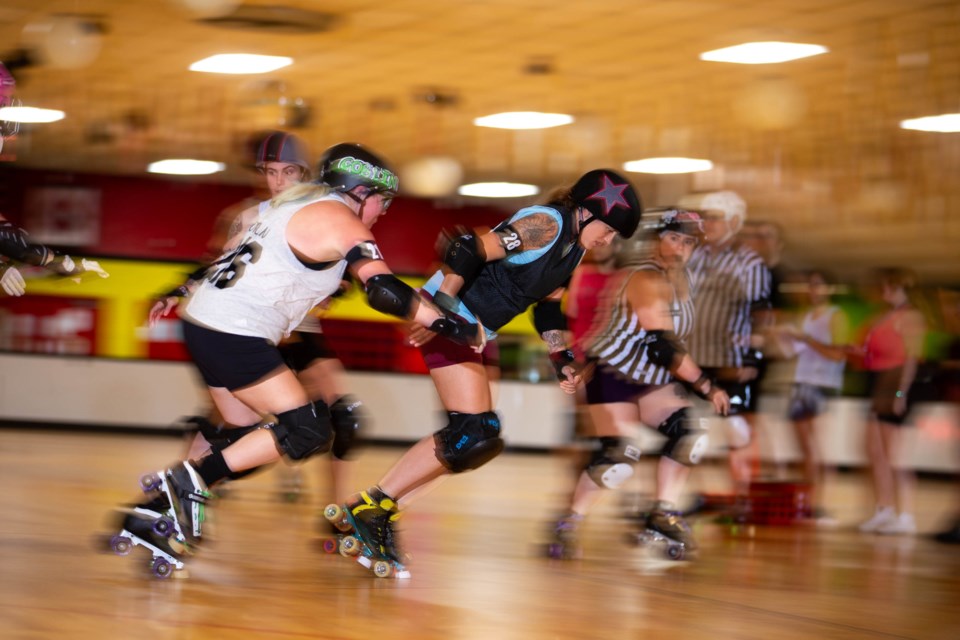A sea of spectators lounge in camping chairs at both ends of an indoor oval track. A beeramid (beer pyramid) is in the works, slowly getting stacked with beer cans as skaters whiz by, bumping and shoving each other as they make their way around the track.
It’s a Saturday night at the Thunderbird Roller Rink in Plano, and the Deadly Kennedys take on the Lone Star Assassins in the Assassination City Roller Derby league. Fans around the track use wind-up noisemakers as their favorite players, many clad in elaborate makeup, skate by. One skater even has black X’s painted over her eyes — perhaps for the intimidation factor or just a roller-derby means of self-expression.
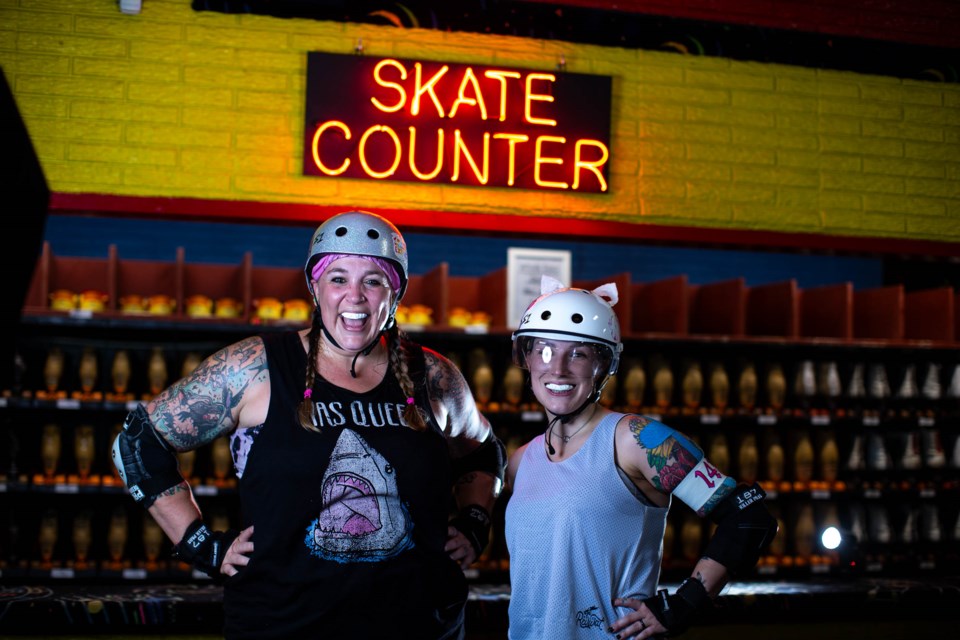
Amid the metallic biker shorts and fishnet stockings, I notice players’ jerseys with names such as Mother Terrorista, Magik Missile, Anniekin Skatewalker and Brawly Parton — all roller derby names that players take on instead of using their real names during games. D-O, a player with the Lone Star Assassins who sports a purple mouthpiece, tells me that some skaters use their derby name as a persona that helps them get into a mindset on the track. “It might help them be more aggressive when they might otherwise not be in real life,” she says.
Roller derby began in the 1930s when Leo Seltzer, a sports promoter in Chicago, invented the idea of competitive roller derby. Successful multi-day skating races had already occurred, prompting him to come up with the idea of meshing roller skating with entertainment. In July of 1935, the name “roller derby” was trademarked, and in August of the same year, 20,000 people piled into the Chicago Coliseum for Seltzer’s Transcontinental Roller Derby, where male and female racing teams skated 3,000 miles around the track, a length roughly equal to the distance between New York City and San Diego.
The crowd loved the drama of it all; the crashes, falls and pileups as skaters tried to outdo one another around the track. A point system was created as well: when you passed an opponent, you earned a point. But in the name of entertainment, rough play was encouraged. Fistfights between players ensued, and skaters put each other in headlocks and used teammates to knock down the opposition. Rivalries developed. And trash talk was a way of the game. The crowds loved it, and roller derby became so popular that it was broadcast on television across the country.
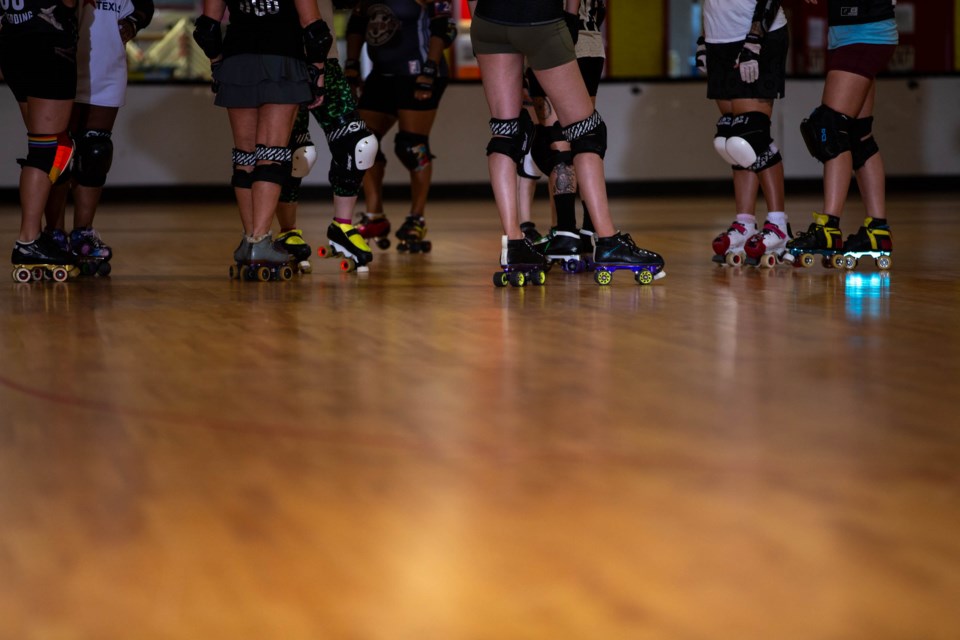
By the early ’70s, roller derby attendance was at an all-time high. But in 1973, Seltzer’s son, Jerry, who had controlled all roller derby teams since his father passed them down to him in 1958, shut down roller derby because of high overhead and gas shortages that prohibited teams from traveling. After he disbanded the teams, the game all but disappeared except for the International Roller Skating League, which fizzled out in the late ’80s; Roller Games, an ’80s skating competition with circus-y showmanship, which didn’t stick; and a brief ’90s television show called RollerJam, where teams played derby on inline skates.
But just when roller derby seemed to be on life support, Texas brought the sport back. It was the early 2000s in Austin, and a group of women created a new start for the game with a slant toward women’s empowerment. This revival is also when derby names came into play, a tradition inspired by the drag scene in Austin. By late 2006, there were more than 135 roller derby leagues, and today, there are more than 2,000 leagues worldwide.
Today, the rules of roller derby have changed significantly since its start. Two teams play two 30-minute periods. Each period consists of multiple “jams,” and each jam is an opportunity for both teams to score points. Each team uses up to five skaters during a jam, and there are 30 seconds between jams. Each team fields four “blockers” and one “jammer.” (Jammers wear a helmet cover with a star on it.) The blockers attempt to take the position that is most advantageous for their jammer while setting up to block the opposing jammer. Play starts with a whistle blast. The two jammers start behind the pack of blockers and score a point for every opposing blocker they lap, each time they lap. The jammers have to fight their way through the pack, then make it around the track to score points on opposing blockers. Unsafe and illegal play can result in a skater getting a penalty, which means they sit in the penalty box for 30 seconds of jam time. The team with the most points at the end of the game wins.
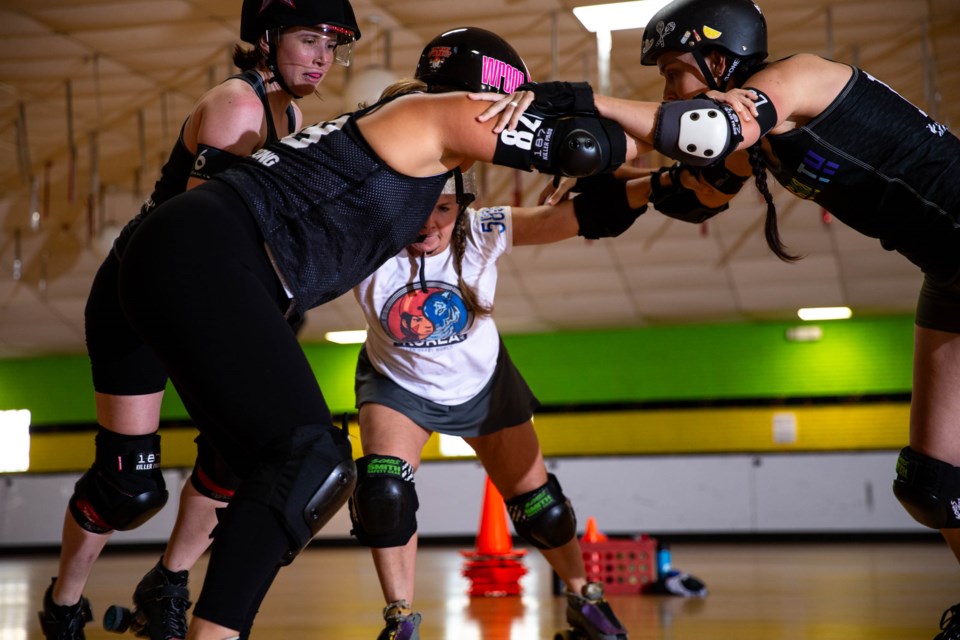
While roller derby is still a full-contact sport today, it’s become safer than its predecessor. Skaters are now required to wear a helmet, elbow and knee pads, wrist guards and a mouth guard. Skaters aren’t allowed to punch or kick each other, throw elbows, or engage in contact with another player’s helmet or below the knees. Players can use their hips and shoulders to push through other players, block jammers from flying by and pummel through the pack for points. But just because there are more rules in place these days doesn’t mean the sport isn’t physical and gnarly.
“It’s absolutely a very physical sport, which is one of the things that I love about it,” says D-O, whose real name is Kristina Cooper. “But there will never be any real violence, and if there’s indication of someone’s attitude leaning towards that, a skater can and will be expelled from the game.” Trash talk is also still alive and well in the sport, but it’s done in a lighthearted way. “It’s always playful talk you’ll see between friends,” she says, “and it’s never sent in any negative light. In the end, if you get a large group of people together, there are going to be arguments and disagreements; that’s inevitable. But we all respect each other, and we support each other both on and off the track.”
D-O, an admin for a hospitality drapery manufacturer by day, got into roller derby two years ago. It started as a means to exercise and get out of the house, as she’d loved roller skating since childhood but got bored easily at adult nights at rinks. “It always seemed like it would be so much fun and allow me to do what I love to do while getting some exercise without getting bored. I joined up the instant my work situation changed,” she says.
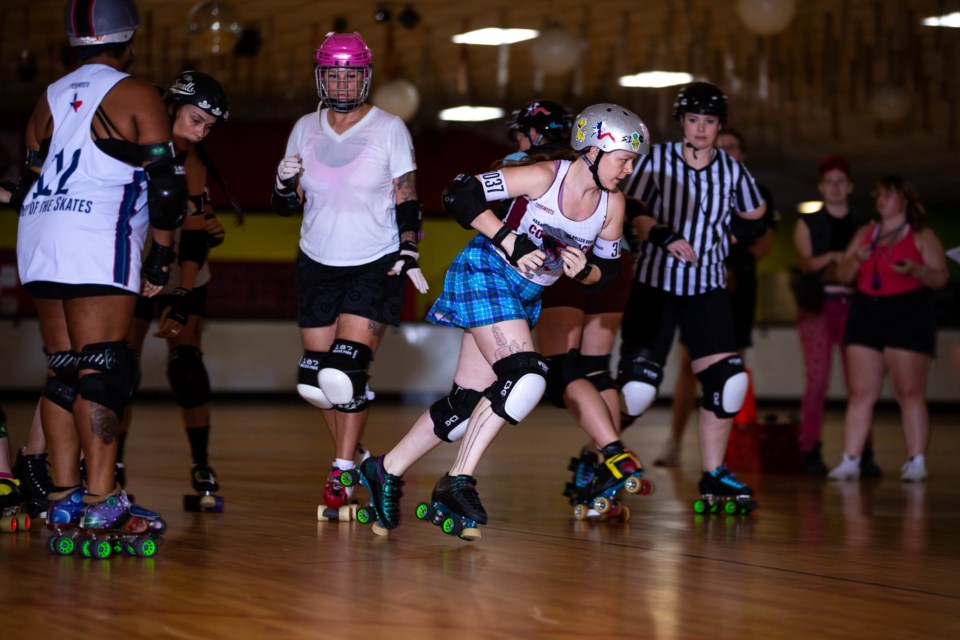
And what started as exercise evolved into a therapeutic experience as she met more and more people in the derby scene. “We play with our siblings who are sometimes on different teams,” D-O says “We have kids who start out in the junior league who find themselves playing either with or against their parents when they’re old enough to join the adult leagues.” Even when the skates come off, they spend time together, and teammates soon become best buds if not a second family. “Personally, I’ve never had what I felt was a real support system until I joined derby, and it was almost instantaneous,” she adds.
U Kill Lele, also known as Anna Mayer, is another member of the Lone Star Assassins whose life changed due to roller derby. A full-stack software engineer by day, U Kill Lele got into roller derby seven years ago as a form of exercise. Soon enough, though, she found herself with an irreplaceable group of friends she never dreamed of having. “All of my best friends are in derby at this point,” she says. “I even met my partner through derby and I’ve been fortunate enough to play derby in a few places, so I’ve got derby friends all over the world.”
In addition to playing with the Lone Star Assassins, U Kill Lele plays for Assassination City’s travel team, Conspiracy, and for Team Texas as well. “I love the insane diversity in the sport. I’d never have met and been friends with such a wide range of people without it. We’ve got people in every race, orientation, belief, identification and a ton of different careers.”
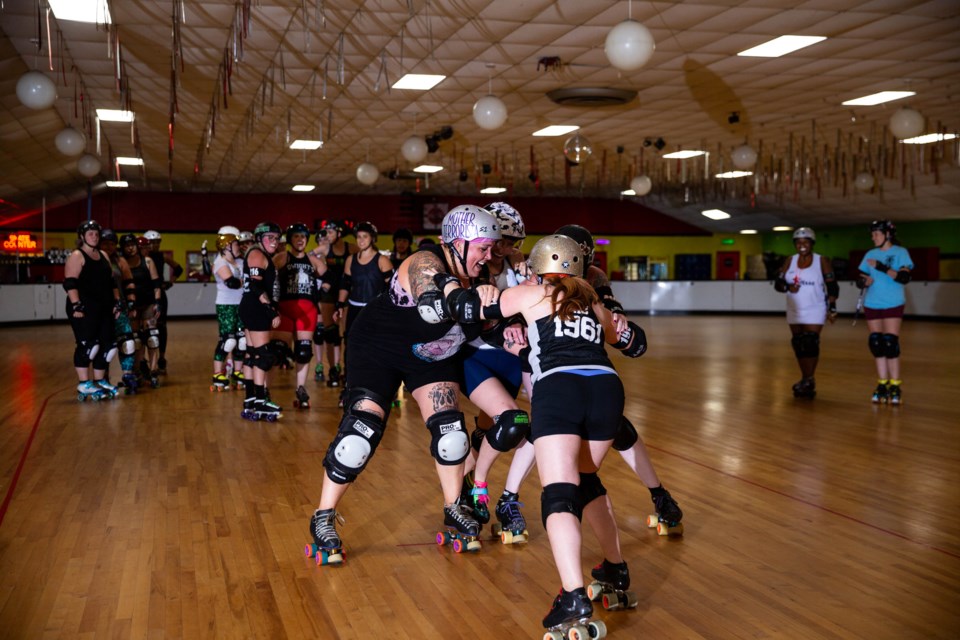
After an evening full of blocks, pileups, falls, penalties, $1 hollas (shoutouts from friends and family that raise money for league expenses), a growing beeramid and songs such as “Cherry Pie” by Warrant and “Girl All the Bad Guys Want” by Bowling for Soup blasting through the speakers, the Lone Star Assassins take the win over the Deadly Kennedys with a score of 241 to 148. The crowd rises and forms an oval around the rink as players skate by to give high-fives to the crowd and fellow derby players. The party continues afterward at The Lion and Crown pub, where players, friends and family all gather after a night of fun on wheels.
As I walk to my car at the end of the night, I think back to something D-O said to me: “You’re never really alone if you’re in roller derby.” And after witnessing the comradery, the friendly trash talk, players helping players up after nasty falls and the excitement spewing from the crowd, I can see where she gets this feeling. I toss the night’s program in my passenger seat, noticing the back advertisement: “Join Us! Fresh Meat Wanted.” And while I personally am not quite ready to join the ranks, I wonder what my derby name would be, picking out my outfits and makeup looks in my head as I drive away from Thunderbird Roller Rink.

